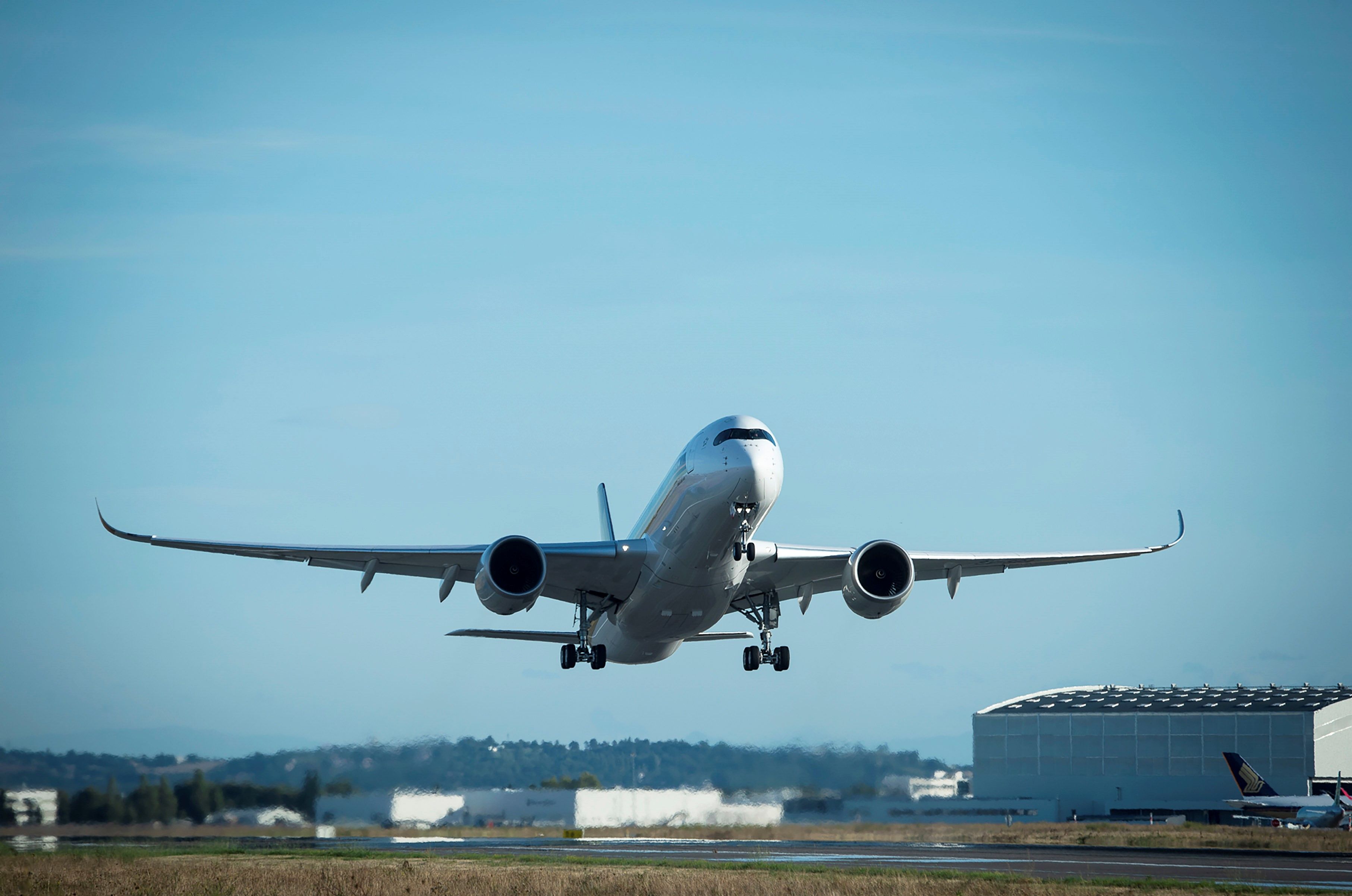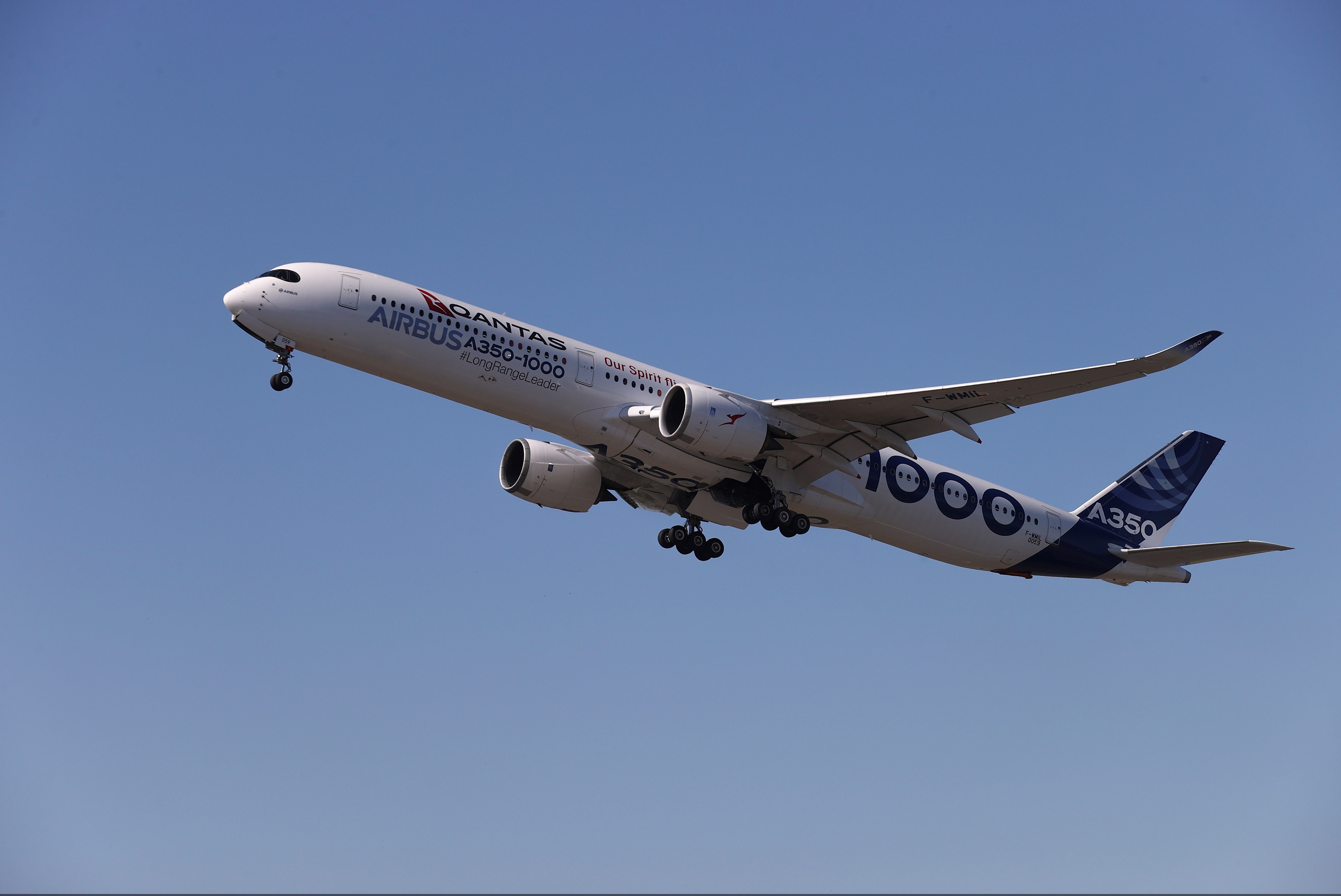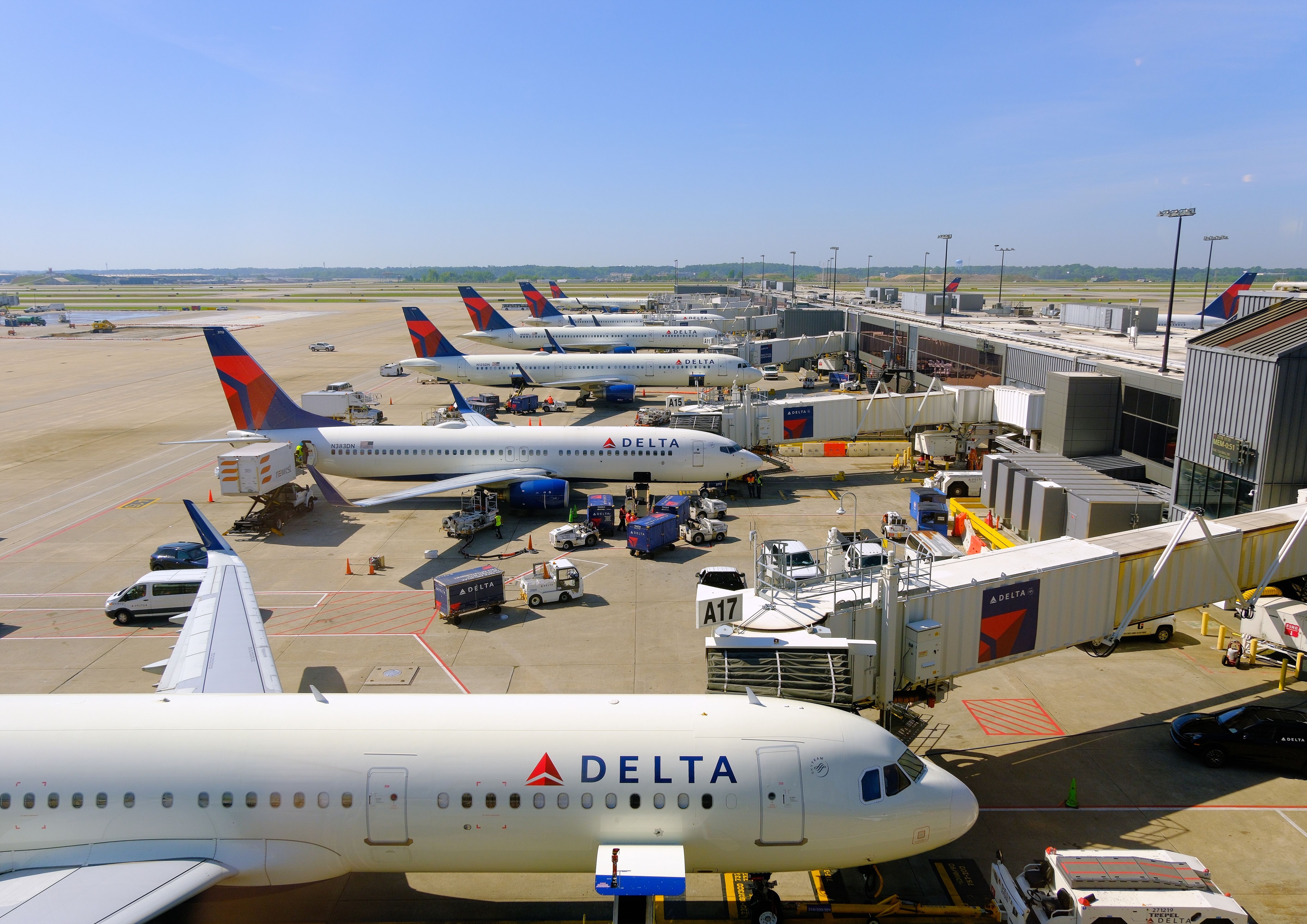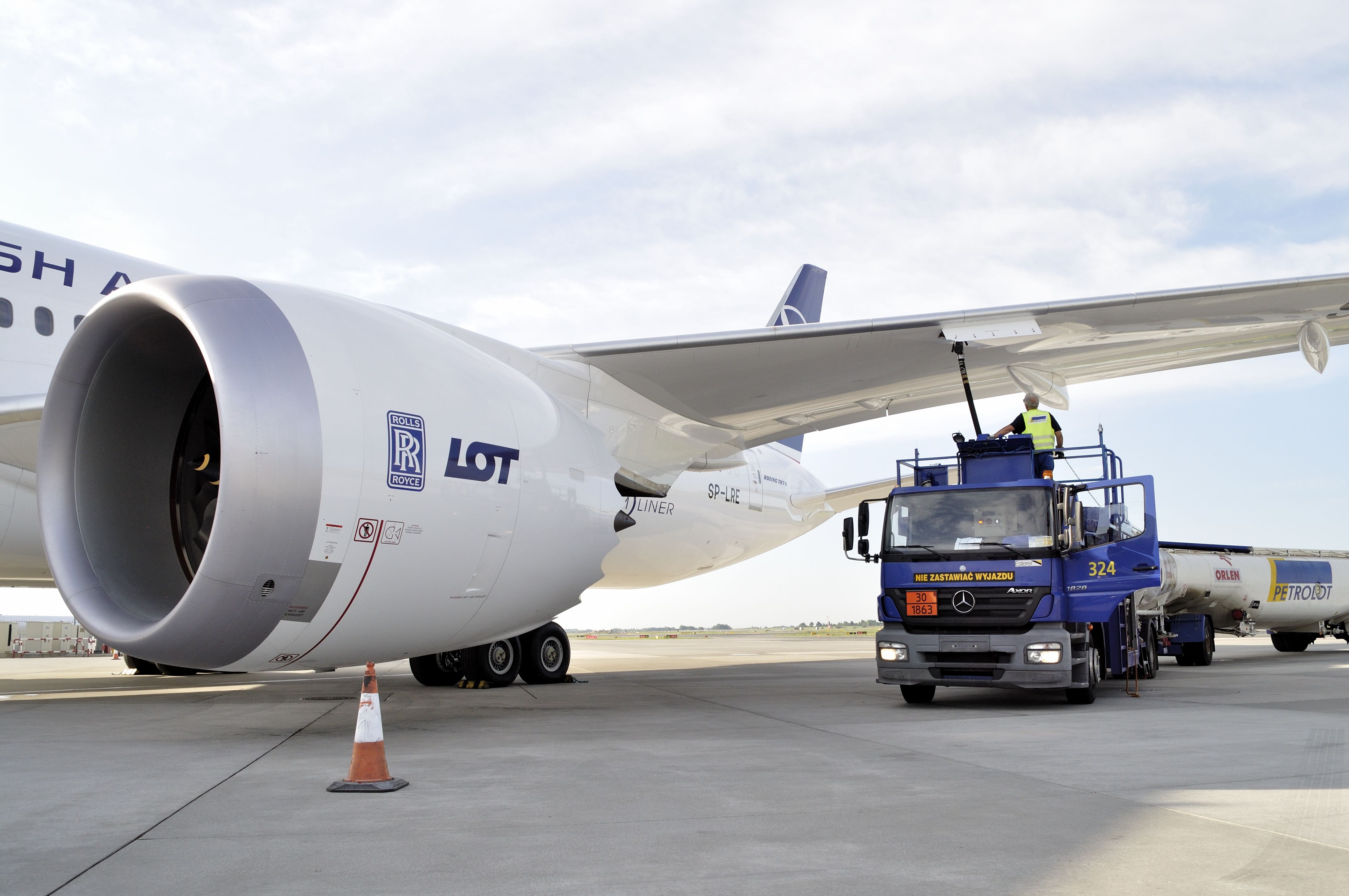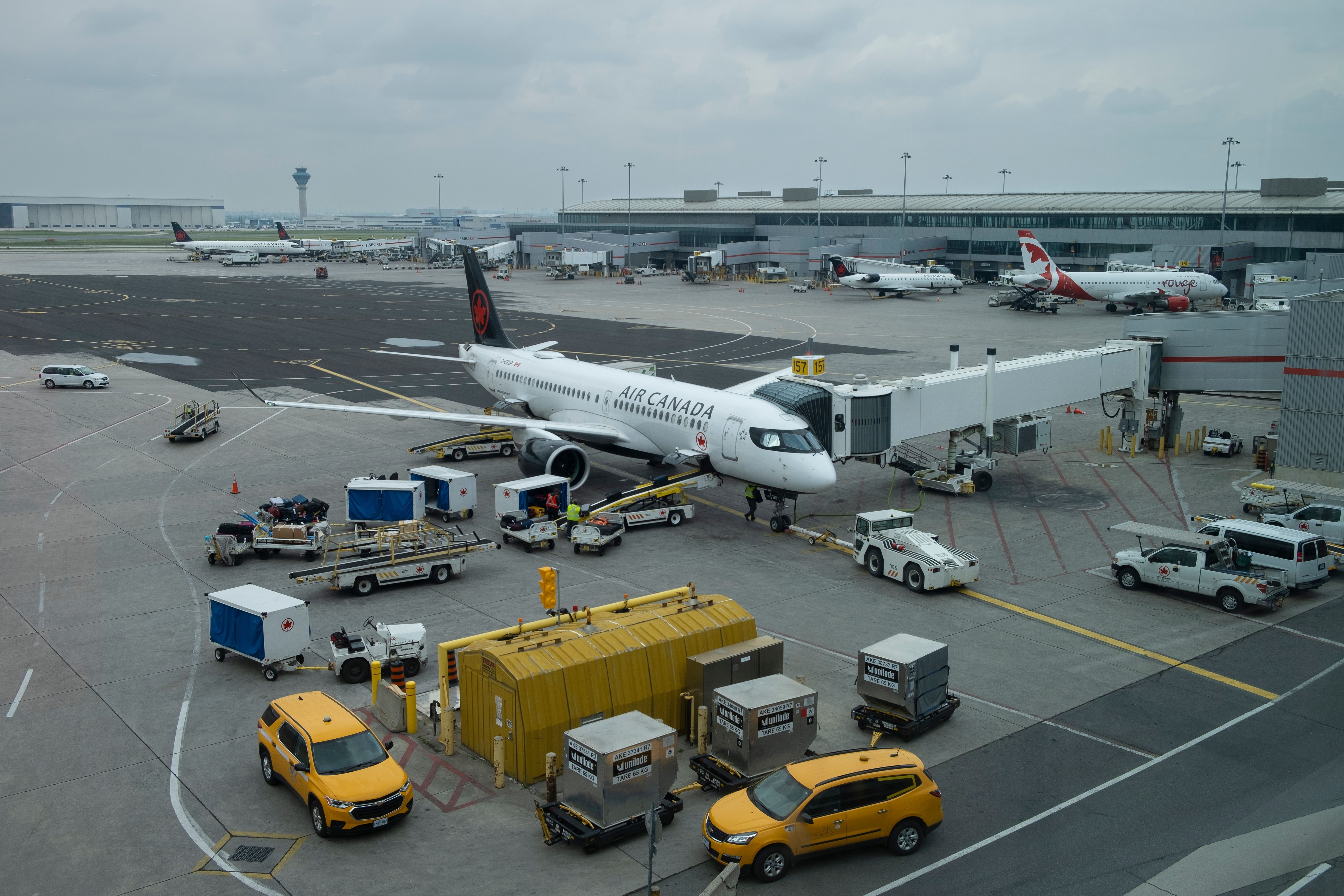There are several factors to consider regarding whether to take a non-stop flight to your destination compared to a connecting flight through a hub airport. While layovers can be a pain on shorter itineraries, they certainly have advantages on longer journeys. Let's look at the factors involved in the choice.
Speed
It's a no-brainer that, when it comes to passengers flying from their origin to their destination, doing so in a non-stop manner is the fastest way to go. There's no second take-off or landing, no transfer security point or passport control. One plane fewer lowers the odds of an issue delaying or canceling your flight, so when it comes to getting there swiftly, non-stop is the way to go.
Comfort
For many passengers, time is money, so, understandably, non-stop flights are the general preference. However, passengers valuing comfort might prefer to break it up when it comes to longer journeys. Recent years have seen exciting developments at Qantas, whose Project Sunrise flights will offer non-stop connections from London and New York City to Australia's East Coast.
Want answers to more key questions in aviation? Check out the rest of our guides here!
However, some might still prefer a layover in Singapore or Dubai to stretch their legs and walk around, as is the current state of affairs on the route. Last year, I flew non-stop from London to Seattle but returned via a four-hour layover in Washington DC. Personally, I found the stopover ideal as an opportunity to enjoy some time off the plane, and it also helped me adjust to the time differences.
Of course, comfort also depends on the class that a passenger travels in. Perhaps a non-stop flight is best for those longer journeys when flying in premium economy and above. On the other hand, sitting in the middle seat of a ten-abreast high-density Airbus A350 might have travelers desiring a layover after five or six hours.
Price
The decision becomes complicated when passengers factor in price. Airlines often charge a premium for non-stop flights as they know that's usually what people want. Also, if a passenger is flying to an airline's hub, it may increase prices because it wants to discourage them from purchasing the flight. This is because it would rather save capacity for flyers connecting through to another flight with that airline.
Get the latest aviation news straight to your inbox: Sign up for our newsletters today!
This has given rise to the practice of skiplagging, which is the process of purchasing a ticket beyond your destination to avail of lower fares. For example, if a passenger wants to fly from Milan to Amsterdam, but the direct flight is more expensive, they could find a cheaper flight from Milan to London connecting through Amsterdam. Their real destination is just the connection point in the itinerary.
Furthermore, competing airlines obviously want customers to fly with them through their hub airports. Therefore, connecting flights are sometimes cheaper because there is more competition to get them from point A to point C through a list of possible point Bs. New York to Singapore is a prime example of such a corridor.
Environmental impact
At face value, you might think flying non-stop would be best for a long flight from an environmental perspective. After all, there is one aircraft fewer that isn't using fuel by flying for a second time. However, it may be better for the environment to take that connecting flight, as fuel adds weight to a plane. Therefore, after a certain distance, the aircraft carries fuel solely to help carry extra fuel.
In fact, according to the video embedded below, the burn rate of a Boeing 777 increases after 3000 nautical miles (5,556 kilometers). For journeys shorter than that, a non-stop flight is best as far as the environment is concerned. Meanwhile, for longer trips, passengers will have a smaller carbon footprint by breaking up the journey into two shorter flights.
Other minor factors
Two other factors that must be considered are airline loyalty and the benefits of an extended layover in a new city. For frequent travelers looking to climb the ladder of an airline's loyalty program, connecting through a hub adds another segment and more qualifying miles. This may help the traveler maintain or gain status.
Finally, some passengers might intentionally select an itinerary with a connection because there is a long layover in the transfer destination. This is nice for tourists who get to tour an additional city without booking another flight. Turkish Airlines, among others, has its TourIstanbul program, which promotes Istanbul tourism through free tours as part of your long transfer. TAP Air Portugal also has a similar scheme.
What's your preference? Have you had any particularly memorable long-haul connecting flights? Let us know your thoughts and experiences in the comments!

